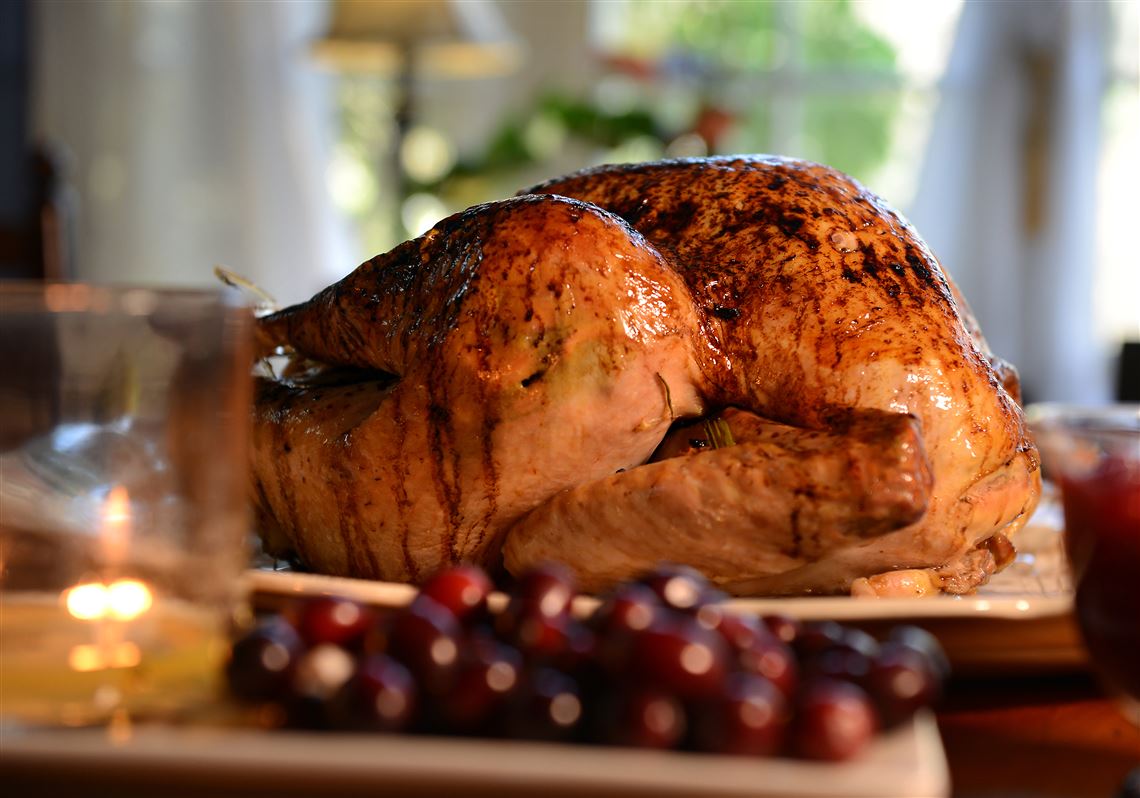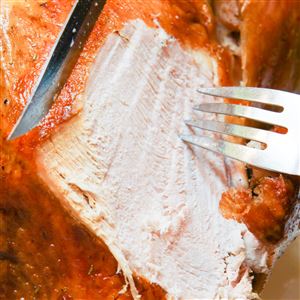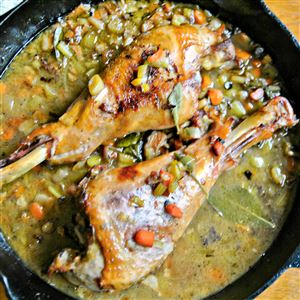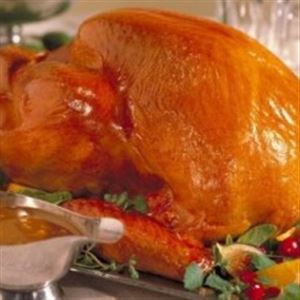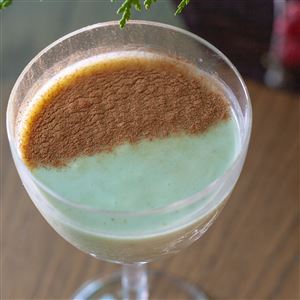Of all the Thanksgiving debates (mashed potatoes or sweet potatoes; stuffing or dressing; cranberry sauce from the bag or the can), none seem as mired in confusion and conflict as the simple question of when to pull the turkey from the oven.
Some say 170 degrees; others insist on 180. Some brave souls on Chowhound even argue for 150 degrees.
Some confusion is inevitable, as until 2006, the FDA recommended a cooking temperature of 165 for the breast meat and 180 for the thighs. Then, it revised its recommendations, stating that turkey is food-safe once it reaches 165 degrees, whether you're talking about the white meat, the dark meat or the stuffing (if you're into that kind of thing).
Of course, just because the turkey is cooked enough to be safe doesn't mean it's cooked to your liking. Given the past recommendations, many people are used to a turkey that is cooked to a higher temperature, and on Thanksgiving, the most pleasing dishes are often those that remain exactly the same from year to year.
If you've been removing your turkey at a higher temperature and lamenting its dryness year after year, consider making a change.
For turkey that's 165 degrees, you'll want to remove the bird from the oven when the temperature reaches 155 to 160 degrees because it will continue to cook outside the oven. Keep in mind that larger turkeys will hold more heat and keep cooking for longer.
While the turkey's juices should run clear, some meat and the juices around the bones may still be pink. That doesn't mean the turkey is undercooked. Most turkeys eaten in the U.S. are young (4 or 5 months old) and have porous bones. During cooking, some of the myoglobin leaches from the bones, resulting in the pink coloration.
While some recommend taking the bird's temperature in multiple spots, keep in mind that until the bird has a chance to rest, piercing it will allow juices to escape. The more times you plunge in that thermometer, the more likely you are to wind up with a dry bird. Experts recommend taking the turkey's temperature in the thickest part of the thigh, being sure to stay away from the bone, because that's the portion of the turkey that takes the longest to cook.
Whatever you do, don't rely on the pop-up indicator. A reliable instant-read thermometer can be purchased at most grocery stores for about $15. Be sure to calibrate the thermometer by placing it in a glass of ice and water (let it sit for 3 or 4 minutes to bring the water down to freezing) and adjusting the reading of the thermometer if it doesn't indicate 32 degrees Fahrenheit.
For moister breast meat, either don't truss the turkey, or truss it lightly. A tightly trussed bird will result in the legs taking longer to cook, giving the breast meat even more time to dry out.
Finally, keep in mind that thermometers must be positioned correctly (and calibrated) to give accurate results, so use other signs of doneness as insurance against an out-of-whack thermometer. The juices should run clear, the leg should become flexible at the joint, and even a 12-pound turkey in a 325-degree oven will take about 3 hours to reach a temperature of 155 degrees.
First Published: November 18, 2010, 5:00 a.m.






